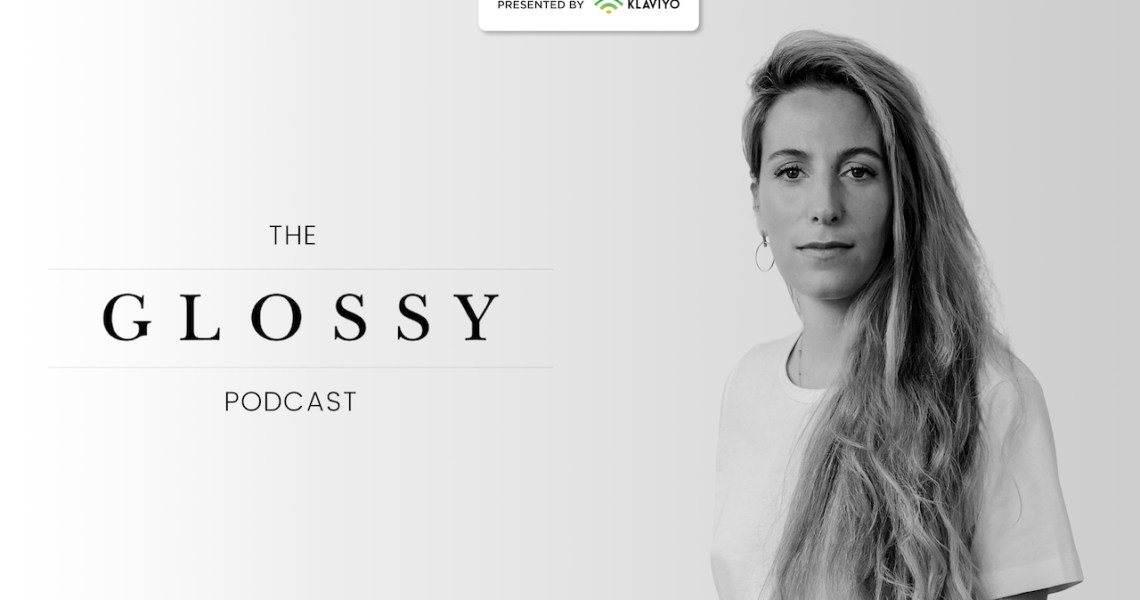Aurate sits somewhere between Fifth Avenue’s legacy jewelers and the brands that take a cue from Etsy’s aesthetic. At least, that’s how the company’s co-founder (and designer) Sophie Kahn describes it: “There was nothing really in the middle,” she said on this week’s episode of the Glossy Podcast.
The direct-to-consumer company’s products start around $50 and go up from there. Many customers have an eye for the higher-end stuff. “Something like the top 40% of our sales are generated by 10% of our customers,” Kahn said. “I think that’s a testament to [the fact that] once you feel our product, you kind of fall in love with it,” she said. “We’re going up against the big guys that have way more funding, way more everything. The only thing we have, hopefully, is the hearts of our women.”
On the Glossy Podcast, Kahn discussed her career path from Marc Jacobs to DTC fine jewelry, the company’s use of crowdsourcing to steer product development and its plans for international expansion.
Here are a few highlights from the conversation, lightly edited for clarity.
A unique product, and a unique voice
“It’s a very fragmented industry. You obviously have the big brands everybody knows on Fifth Avenue, and then you have a lot of Etsy-type brands that are out there. But there was nothing really in the middle. Then there’s the brand, the voice. How do people talk to you? And I guess there was nobody that was really talking to us. When you think about the old-school jewelry advertising, it’s men buying for women, going on a knee, it’s not empowering at all. Why is this? Jewelry is a women’s brand. This is what women wear — men wear it too, but 80% of the time it’s women. Why isn’t it talking to women? It was [all about] the product piece and the branding piece, and putting those two together to create Aurate. Because we’re DTC, we own the communication channel with our women. Something I noticed with Marc Jacobs is they’re very wholesale driven, or they were. There are a lot of advantages to wholesale — you basically don’t pay for your marketing — but the disadvantage is you don’t have that communication with your woman. And if you’re DTC, you own all of that.”
The revenue pie
“Twenty percent of our revenue comes from word of mouth — so that speaks to the quality of the product and a bit of the customer service, as well. Twenty percent is SEO. We’ve invested a lot in content. So if you Google ‘gold necklaces,’ depending on where you are, we’re on the first page. That took a lot of investment and time and content with bloggers, really talking about all the stuff we’re doing, the necklaces, the quality. Another 20% is our own emails and text messages — channels that, again, we built from a lot of hard work and having customers be part of the Aurate world. That means more than half our revenue is generated from brand initiatives, organic initiatives.”
An ivory tower encrusted with jewels
“It’s a very male-dominated industry. It’s really old-school. Fashion is way ahead, apparel is way ahead of jewelry. We had to get our foot in the door. I was recently talking to one of our casters who’s now doing a ton of stuff for us, and I was like, ‘You know, four or five years ago, you told me to go away and you didn’t take us seriously.’ So, yes, it was tough. We had to prove ourselves. We also don’t come from a family of jewelers.”




